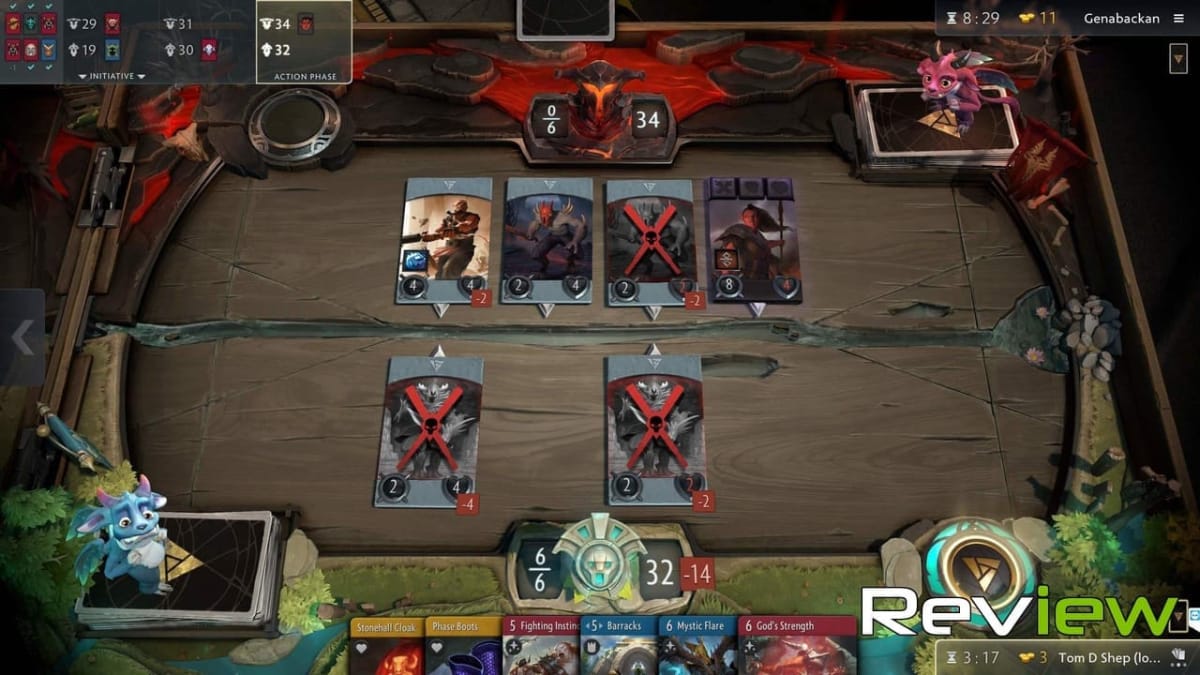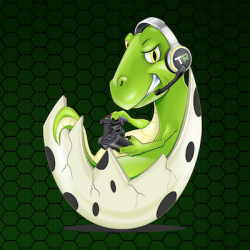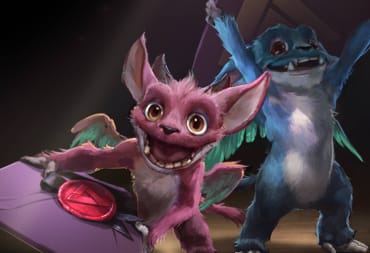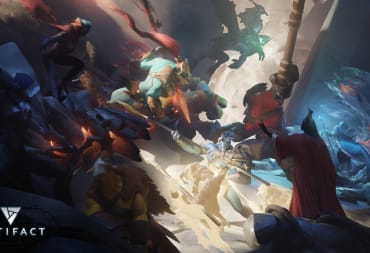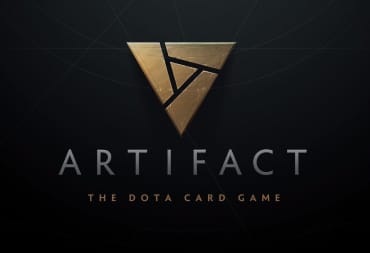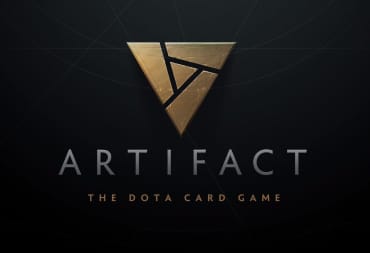The response to Valve’s announcement of a Dota-themed card game was loud and dissatisfied. Despite being made in collaboration with famed Magic: The Gathering creator Richard Garfield, it was immediately labeled a shameless cash-grab. Although the economy surrounding it is somewhat predatory, Artifact is much more than just a shallow and opportunistic product. The dense mechanics, huge depth, and the intense layer of polish covering everything make it a superb and incredibly addictive collectible card game that translates the ideas and characters of Dota 2 wonderfully.
Artifact divides the board into three lanes. A card game that requires you to manage more than one table sounds like a headache. In practice, it’s actually remarkably intuitive. After building a deck that revolves around five heroes, players start the match with three Towers spread across three lanes. You win by destroying either two of your opponent's Towers or their Ancient, which reveals once a tower falls. A creep or two will occasionally bolster the lanes. As you kill enemy heroes and units, you’ll earn gold to spend on item cards.
The beauty of Artifact is how smoothly is eases you into its complex systems. The opening tutorial takes things real slow, gradually introducing additional layers as you come to terms with how lanes work, what to do with your heroes, how to manage your hand of cards across three lanes, and everything else. As someone who has almost zero experience with card games (I’ve played maybe a dozen hours of Hearthstone), I was pleasantly surprised that I understood the general flow of a match after just a few hours. An understanding of Dota 2 isn’t a prerequisite to enjoying Artifact, either. You may have an idea of what each hero can do at first glance. Other than that, playing the MOBA won’t give you any distinct advantages.
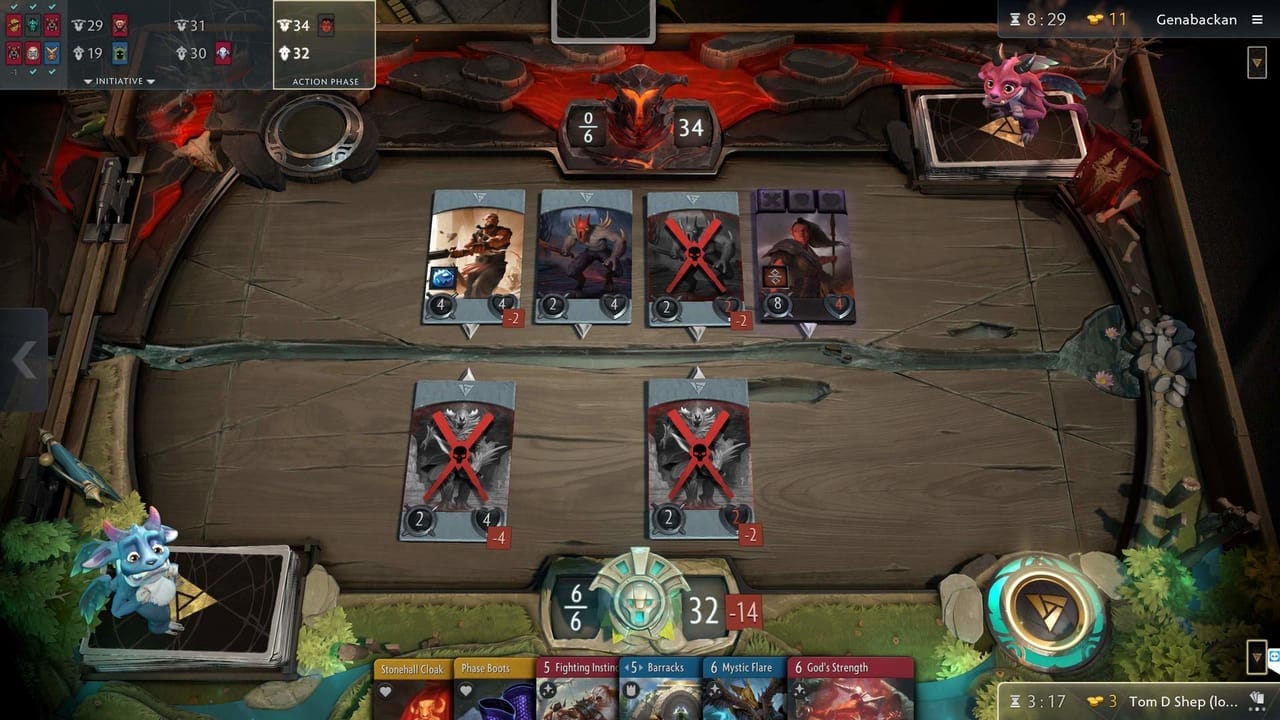
Featuring three lanes on the board may not sound like a big deal, but it adds a huge amount of depth. The ability to move heroes between them or use spells that can affect cards across multiple lanes helps to make the board feel like a dynamic and malleable battleground rather than a static board. The lanes add additional layers of strategy to an already complex game. You could focus on dominating a single lane, destroying the Tower and pushing onto the Ancient, or you might want to focus on two lanes and abandoning one that isn’t going so well.
Matches cycle between the laning phase, the action phase, and the shop/deployment phase. Players take turns making their moves during the first phase, before initiating the action phase when both sides pass. The lane will effectively activate during the action phase, causing the cards to clash and trade damage. Once each lane completes its laning phase, the shopping phase begins. Both sides spend their gold on a myriad of items that can boost heroes, debuff enemies, summon units, or return heroes back to the fountain to heal. Heroes that are ready to come off the bench deploy to a chosen lane, and the match rinses and repeats.
The way that the game’s flow matches Dota is pretty amazing. Matches can be long and intense, with the lead suddenly swinging after a particularly devastating play. Like the game it’s based on, Artifact is truly a game of momentum. A good start to a match can lead to a swift and decisive victory, whilst the gold earned through a deft manoeuver can significantly bolster your capabilities. Artifact boils Dota down to its purest form, abstracting the minute-to-minute action and skillful gameplay to make way for an experience that focuses on the high-level strategy and the essential ebb and flow that every Dota match entails.
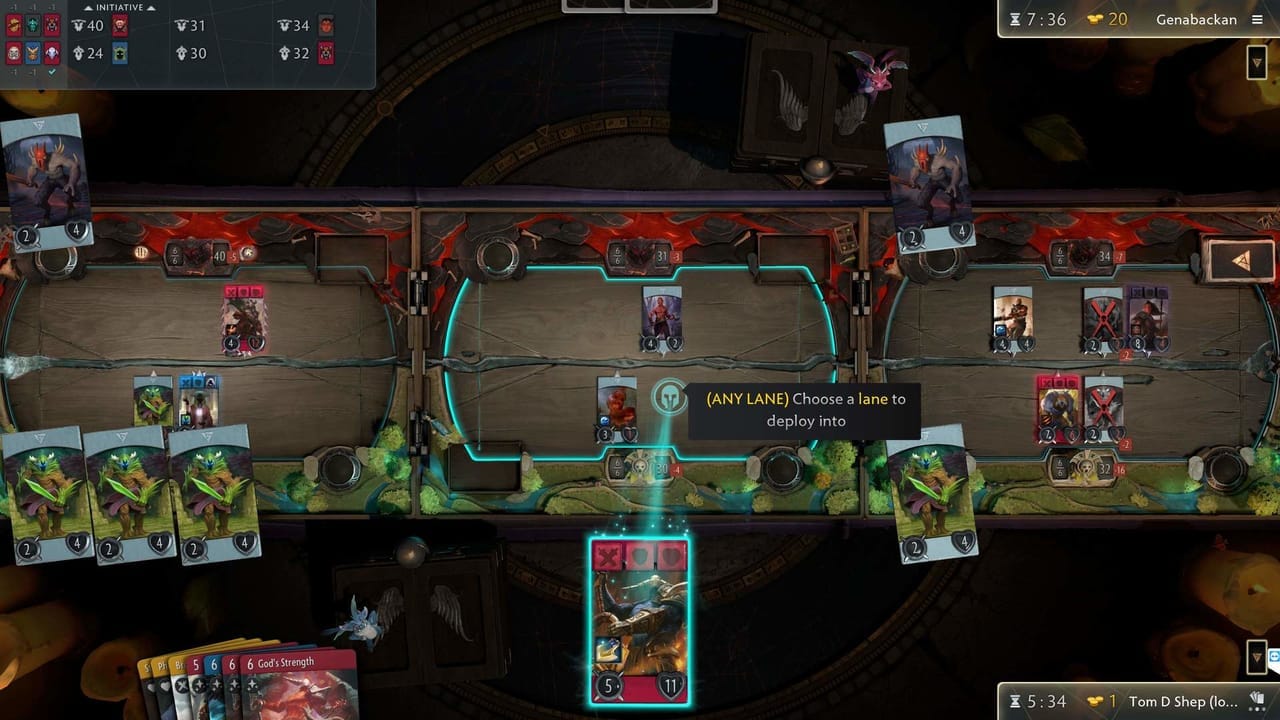
If you aren’t playing against bots or friends, your options are either expert or casual. Aside from the basic 1v1 casual mode, the five other modes cycle once a month. There are three modes each for casual and expert. Those five modes challenge you to engage in a gauntlet of matches, performing in a series of games with a single deck until you either win five or lose two. There are some sweet prizes for winning three or more in a single gauntlet, but it’s harder than it might sound.
Depending on the mode, you’ll either have to bring in your own pre-made deck or build one out of what you’re given from a set of random cards. New players should focus on building their own decks, but there’s something exciting and spontaneous about making a deck out of what you get. There’s also the featured mode that cycles over time. Here you can compete in a casual gauntlet with one of six preconstructed decks. It’s a good way to familiarise yourself with heroes and cards, as well as get a handle on what a focused deck looks like.
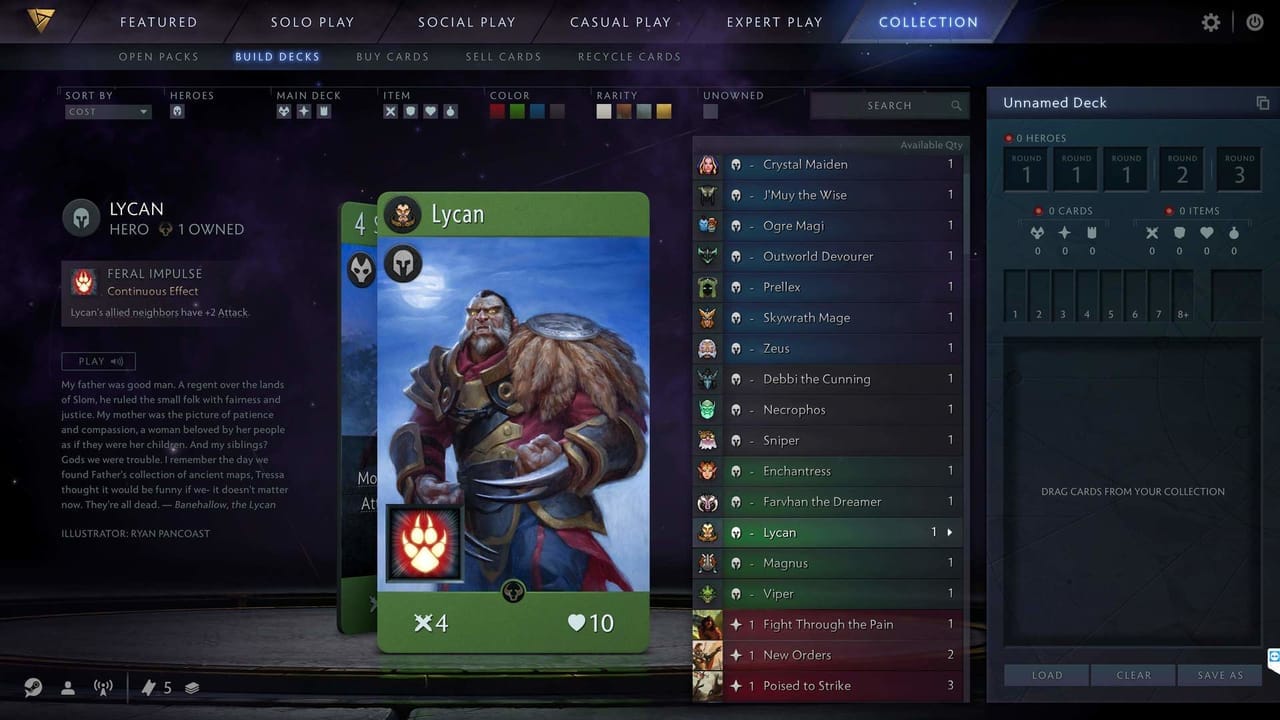
You can buy cards in packs of 12, or you can buy and sell them on the Steam marketplace. Buying from the marketplace lets you purchase specific cards and bypass random packs. It’s a more forgiving way to acquire the cards you actually want, but it also means you’re forced to pay whatever the game’s economy dictates (Axe is currently more expensive than the game itself). The problem is that some heroes are naturally more versatile than others. Some cards are more devastating than the rest, and some combinations can be downright overpowered.
Players willing to buy the best cards outright are going to have a distinct advantage over free players. There’s an undeniable element of “pay-to-win” (see our Monetization Report for a more detailed breakdown of Artifact’s economy) that’s going to put off a lot of potential players in its current state. This wouldn’t be such a problem in itself if earning cards through gameplay was more viable. Currently, there's little you can do to earn cards with engaging in trading or buying card packs. Performing well in a ranked gauntlet, which requires tickets to enter, is the only way to earn more cards.
The ranked gauntlets provide a good opportunity to expand your arsenal, but they favor more experienced and skilled players. Newcomers are going to have a hard time earning any new cards without spending additional money. There’s also no reward for playing the game without consuming tickets. You can participate in casual gauntlets that are free to enter. However, there’s nothing to win here, regardless of how well you perform.
The fact that there’s no reliable way to earn more cards pairs with an overall lack of content to make Artifact feel slightly unfinished. Unlike Hearthstone, there’s very little solo content to engage with. You can play against bots, but that’s the extent of what you can do on your own. Similarly, there’s currently no way to spectate games or watch replays. Hopefully, Valve has plans to significantly expand Artifact, because there's currently a lot of untapped potential.
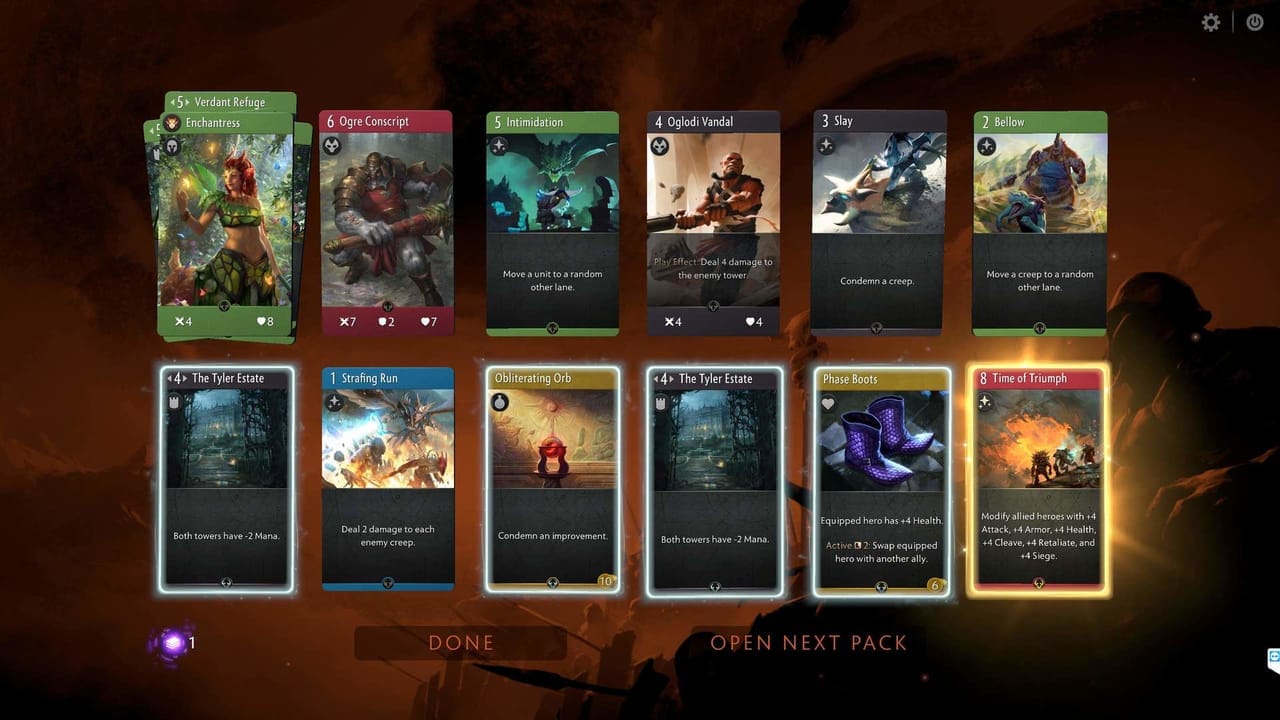
Artifact Review | Final Thoughts
In typical Valve fashion, every part of Artifact is coated in an intense layer of polish that makes it a joy to behold. There a ton of little flourishes that make the board come to life, like the wonderfully animated little creatures that hand out new cards and react to how well you’re doing. The artwork on the cards looks fantastic, too. The sound effects attached to cards make them feel powerful and intimidating. Likewise, the variety of unique reaction lines delivered by heroes is a lovely touch.
The deck-building tools are versatile and well-considered, giving you all the information you want. It shows you how many cards of a certain mana cost, color and type you have. The Artifact tools also provide you with solid ways to inspect other people’s decks. You can copy and paste a deck into the builder from anywhere, even one from a random opponent. From a UI perspective, Artifact would work wonderfully on mobile platforms. I’m just going to sit here and patiently wait for Valve to announce more versions of it.
Ultimately, Valve has crafted a highly engaging card game that brings the concepts, characters, and artwork of Dota 2 together brilliantly. The current state of the monetization is a bit off-putting, giving players who buy the best cards a clear advantage, but Artifact is still a game that manages to be both complex and accessible to people with little-to-no card game experience. The initial release lays a great foundation, but the full package is pretty limited. It needs a number of major updates before it can be considered a well-rounded experience.
TechRaptor reviewed Artifact on Steam with a copy purchased by the reviewer.
Review Summary
Pros
- Deep, Complex Card Game
- Plenty of Unique and Interesting Cards
- Great Translation of Dota 2 to Card Game
- Good On-Boarding For Complex Systems
- Highly Polished Package
Cons
- Pay-to-Win Model
- Feels Pretty Bare-bones In Current State
Have a tip, or want to point out something we missed? Leave a Comment or e-mail us at tips@techraptor.net
